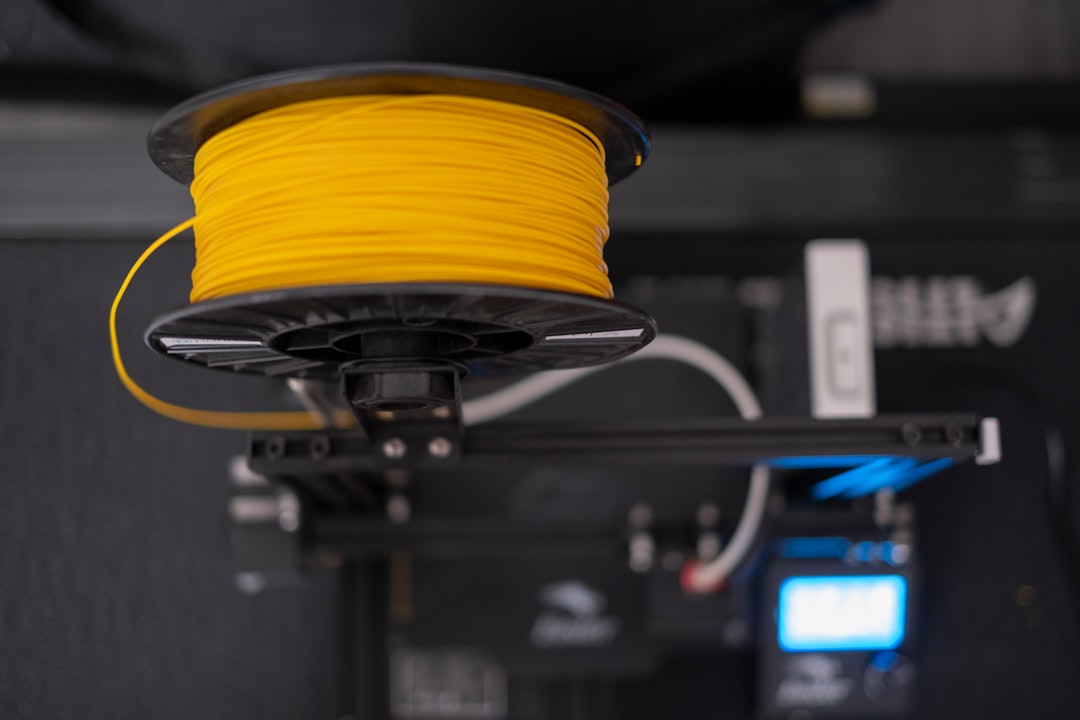I like the concept of 3D printing creative new things and cheap solutions, but I don’t like the idea of all the plastic that goes into it. Good news though: researchers are constantly finding new ways of repurposing old materials into filaments for 3D printing. In a recent example, researchers in Brazil used old coffee pods to create a conductive filame…
Keep reading with a 7-day free trial
Subscribe to Mixture to keep reading this post and get 7 days of free access to the full post archives.




